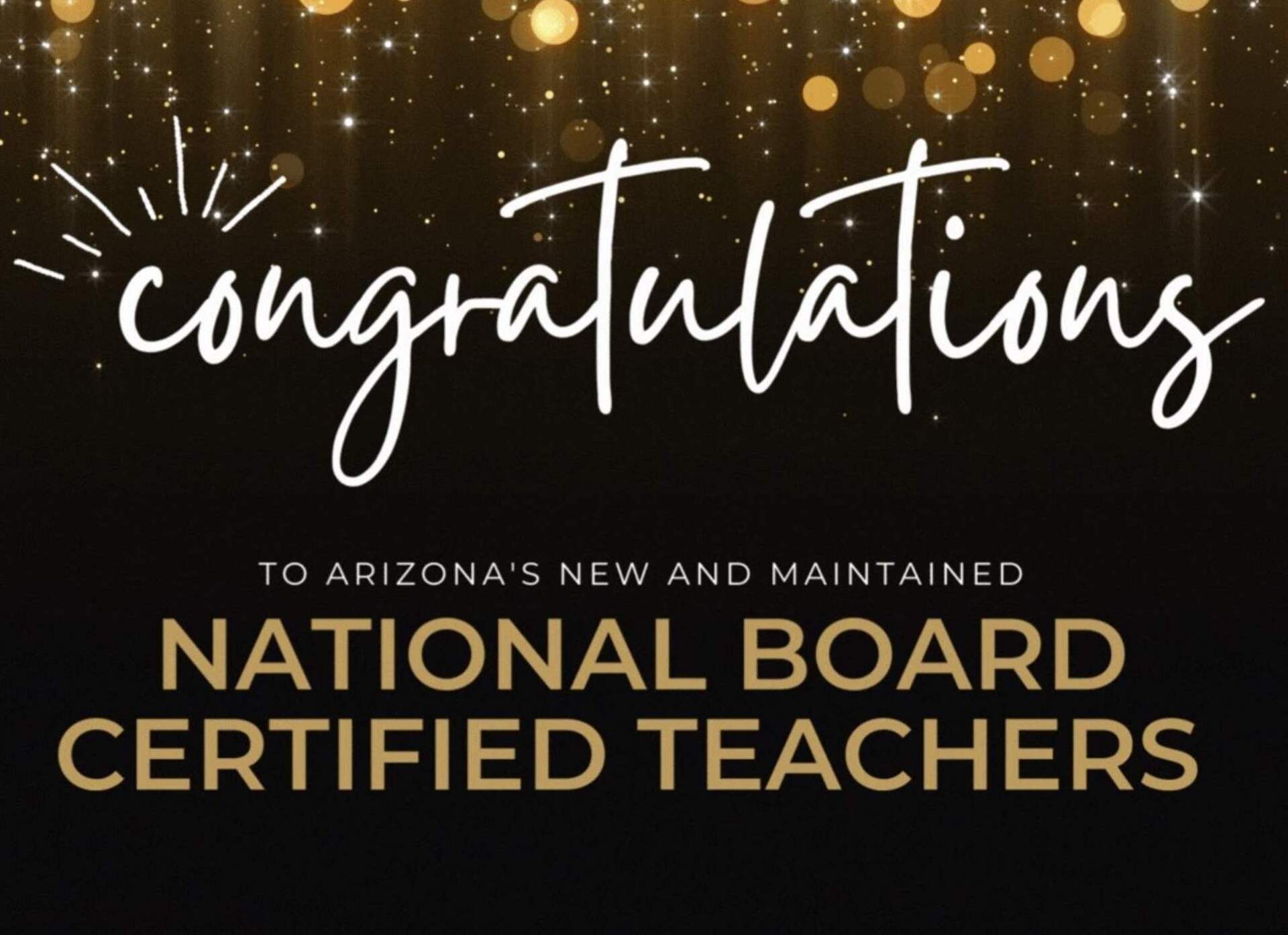March 21, 2018
Switching Grade Levels: A How To
Leveling up or down could be a revitalizing adventure — or a complicated obstacle course. Navigate your decision with these tips.
Moving grade levels can be tricky territory. How do you know if changing grade levels is the right choice for you? Would you be a bitter fit with older or younger students? Are you ready to brave new content? Looking to reinvent yourself as an educator?
We wish there were easy answers to these big questions — especially when not everyone changing levels is doing so by choice. Often, demographics and dynamics changes at school can cause a campus-wide staff shuffle.
While a level change will certainly keep you on your toes, it can also open new doors, kick complacency to the curb, and make you a better educator.
Whether you’re considering — or being asked to — switch grades, here are a few ideas that might help.
- Think it through. And through. What’s the most important thing you can do? Carefully contemplate the differences between the levels. A hop from fifth grade to sixth grade may not seem like a huge jump, but in some cases it can completely change the name of the game. Would you be teaching all subjects to one class or specializing in one content area, like reading or math, with a higher number of students rotating through your room? In a more dramatic move, like from fourth to first, your classroom design might need reworking, considering your much shorter students won’t be able to reach those top-shelf school supplies. Whatever the move, use careful consideration through the list of changes that you’ll need to make.
- Know that it will (still) be a tough job. Teaching is hard work — whether you’re with kindergarten or twelfth grade. A grade level switch to lessen the load could end up backfiring. A swap means you will be trading one list of pros and cons for another.
- Consider how it will fit your style. Do you have the patience to work with less independent children at the primary level? Or the serenity to work with the developmental challenges that come with 14-year olds? Reflect on your own strengths and preferences.
- You’ll never know if you don’t try. Unless you try different grades, you won’t know if there’s an age group that’s a better fit for you. In teaching a new level, you are sure to uncover what you’re best at and what you enjoy the most.
- Keep a growth mindset. Don’t be intimidated or talk yourself out of something that could stretch you in your profession because of self-doubt. You’re smart, resourceful, and resilient. If you decide to go for the switch, there will be bumps in the road — and you are capable of handling the challenges and thriving with the changes.
5 Tips to Make the Change
You’re facing new curriculum, new colleagues, and possibly a new classroom. All right, take a deep breath! Change can be scary — but it can also be invigorating. Here are five pointers to help guide you toward a smoother transition.
- Reach out to your new level team. Chances are, a current or former teacher in your new grade would love to share materials, lesson plans, and advice. If you’re not sure who to turn to, ask your administration for a connection. Let these teachers help you get excited — ask them what their favorite parts about the grade level are.
- Don’t create everything from scratch. That’s a surefire road to stress and less time away from your personal life and family. Find resources online — the possibilities are endless.
- Brush up on your child psych. It has probably been a while since you researched the developmental nuances of different age groups. Take time to refresh your knowledge and understand the physical and brain development of your new grade level. Then, find appropriate best practices that are developmentally appropriate.
- Plan your classroom management. Lots of strategies can be used from grade to grade, but some will probably need some modification. Prep your procedures and routines to fit your new group.
- New decorations? Different supplies? Class library makeover? Chances are, you will need to purchase a few things for your new role. Check out online resale and teacher groups (Facebook has a bunch) where you can find retired or other level-changing teachers that are willing to trade or sell materials for less.
Switching grades could be a breath of fresh air for your career. If you’re packing up your roots, we wish you the best of luck in blooming at your new level!











